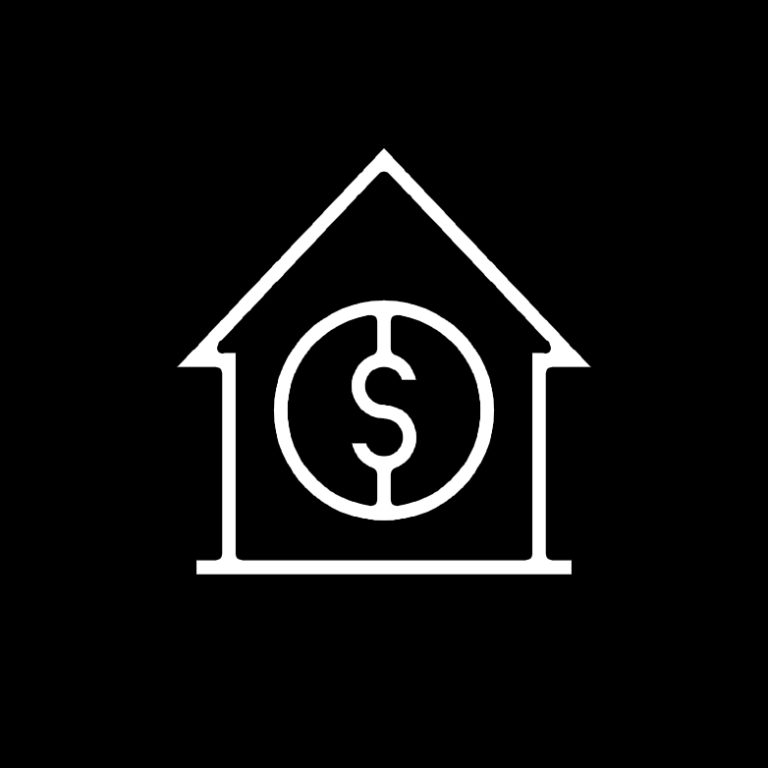Life insurance can be a complicated and often misunderstood product when not explained properly. Below is a brief summary of the 2 types of life insurance, Term Insurance & Permanent Insurance, along with some examples of how they might fit into some common situations.
Understanding the differences between the two types of insurance is critical in order to determine what type of coverage is needed in order to accomplish your goals, both in the short term and long term.

Term Insurance
WHAT IS IT?
Term Policies provide affordable protection and flexibility for a fixed period of time, with valuable options to extend the coverage in the future. You have one set price which does not change for the term indicated in the policy (usually 10 or 20 years, for example).
Term Insurance is like “Renting” your coverage for a set period of time. This provides the lowest cost way to secure coverage, however, the rates are only fixed for the set term.
WHO IS IT FOR?
Since term insurance has the lowest initial cost per dollar of coverage, this is commonly used for young families, anyone who has significant needs for coverage, but wants to keep their premiums down in the short term.
It is also often used for short term needs such as Mortgage Protection, or other loans, business obligations, and Key Person Protection.
Permanent Insurance
WHAT IS IT?
Permanent insurance provides fixed lifetime coverage where rates do not change, coverage never expires, providing a guaranteed benefit that is paid out tax-free to your beneficiaries. The two types of Permanent Policies are “Universal Life” and “Whole Life”.
The key characteristic of Permanent Insurance is that it allows you to “Own” your coverage, providing a guaranteed asset that assures there is always benefit paid out to your dependents.
Permanent Insurance policies can include the option to accumulate cash value within the policy on a tax-sheltered basis. These can be a useful tool for retirement as well as tax and estate planning.
WHO IS IT FOR?
Permanent insurance is required in any scenario where you don’t want to risk losing the coverage in the future. It is often recommended for clients who want to ensure that there is always a benefit provided at some point in the future. This can be for personal needs, like covering the tax burden attached to your estate, or to provide a legacy to your loved ones, a charity, or even to support a business.
By “owning” the coverage instead of “renting”, Permanent insurance provides a guaranteed payout in the future, typically paid for at a fraction of the cost.
The below examples illustrate how each type of coverage might suit the needs of various clients’ situations:
Client 1
Mike, 37
Married, 2 Children
Mortgage $450k
Income $90k
Modest savings
SITUATION
Mike is looking to protect a new mortgage, and provide income replacement for his family. Based on his income and his family’s needs, Mike inquired about a cost-effective way to provide protection during these key years where his needs are highest.
SOLUTION
In order to stay within Mike’s budget, we determined that a Term Policy for $2,000,000 would provide enough coverage to pay off the Mortgage, and provide sufficient income replacement to ensure that his family is able to maintain their current lifestyle.
Mike’s fixed premiums will be $82.62 per month for 10 years, and the policy was obtained via an online application with no medical required, allowing him to be approved in a matter of days.
NEXT STEPS
While the policy is only fixed for 10 years, Mike has many options to extend and maintain the coverage in the future without medical questions. This allows us to make sure he has the coverage he needs in the short term, while guaranteeing his insurability in the future for at least $2,000,000.
Client 2
Danielle, 60
Steven, 62
Married, Mortgage Free
3 Children (2 married), and 3 Grandchildren
Total Assets: $4m, including principal residence, cottage and misc investments
SITUATION
Danielle and Steven have achieved a level of financial freedom and success. They have enough to fund a comfortable retirement, but want to be sure that there is still enough left over to leave something to the kids and grandchildren. While reviewing their wills and other planning, it became clear that the family cottage and investments would generate a significant tax burden when they pass to the next generation. Since there is a good chance that one of Danielle and Steven might live well beyond 90, there may not be sufficient retirement or other liquid assets to fund these taxes on their Estate.
They also expressed concerns about providing funds for one of their children, who is not yet financially independent.
SOLUTION
In order to secure a tax-free benefit for her children, we determined that a $1,000,000 Permanent Insurance policy would provide enough coverage for their family to pay the Capital Gains taxes related to the Family Cottage and Retirement Assets.
Danielle and Steven were able to secure a $1m Policy that pays out upon the last of them to pass away, when the Estate taxes are triggered. They are allocating approximately $15,000 per year to pay for this coverage, which is funded from a combination of their retirement assets, and Steven’s CPP Pension which they were not planning for.
When we run this out to life expectancy of, say age 90, they would have allocated about $450,000 from their taxable investment holdings, to generate a tax-free $1,000,000 payout that is allocated towards covering their tax burden, and supporting the children and grandchildren as needed.
SUMMARY
By securing this coverage, Danielle and Steven can rest easy, knowing that they can enjoy their retirement assets during their lifetime, as the insurance will always be there to cover their taxes on death as well as leave a legacy to the next generation.
Contact us to discuss your life insurance needs
Recommended Articles
Your Estate Plan: Creating a Legacy, While Preserving Your Wealth
Many of our clients are reaching a new phase in their lives where they are thinking about their...
Read MoreMortgage Insurance Explained
For most, purchasing a home is the most significant financial decision you ever make. With house prices on...
Read MoreCritical Illness Insurance For Business Owners
Running a business is a labour of love, and a tremendous amount of work. Without proper protection, all...
Read More


